New Study Reveals It’s More Important to Have a MetroCard Than a College Degree in NYC
A new study conducted by NYU’s Rudin Center for Transportation Policy and Management shows just how much impact proximity to public transit–in this case to Manhattan–can have on one’s earning power. The Rudin Center examined 177 NYC zip codes and found that those living closest to transit have the highest median income and the lowest unemployment rate.
“In New York, mass transit is the path to economic mobility, not education,” Mitchell Moss, the center’s director, told the WSJ. “It’s far more important to have a MetroCard than a college degree.”
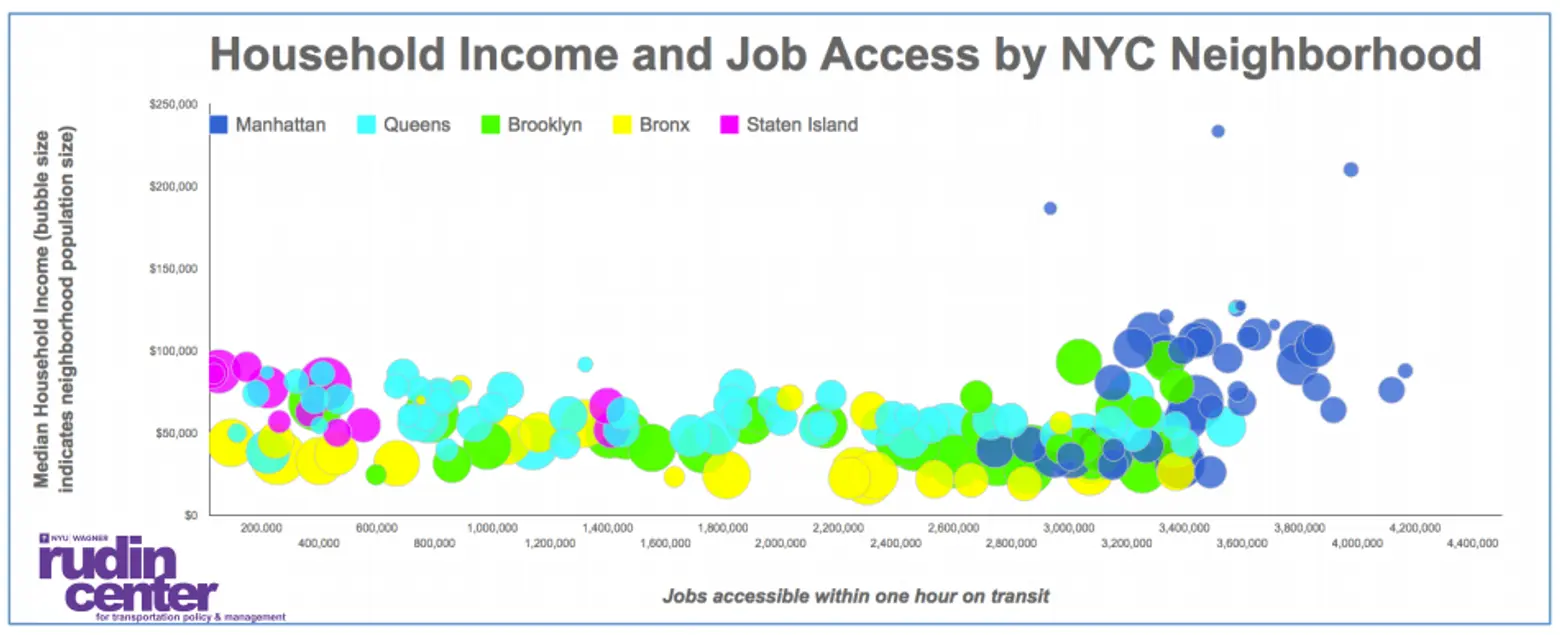 Image via the Rudin Center for Transportation Policy and Management’s “Mobility, Economic Opportunity and New York City Neighborhoods” report
Image via the Rudin Center for Transportation Policy and Management’s “Mobility, Economic Opportunity and New York City Neighborhoods” report
According to the report, Chelsea boasts the greatest connections of all of Manhattan’s neighborhoods with 4.8 million jobs within an hour’s reach using public transportation. About 79 percent of Chelsea inhabitants walk or get to work by public transit, and just 10.9 percent commute by car, helping to produce a median household income of $76,138.
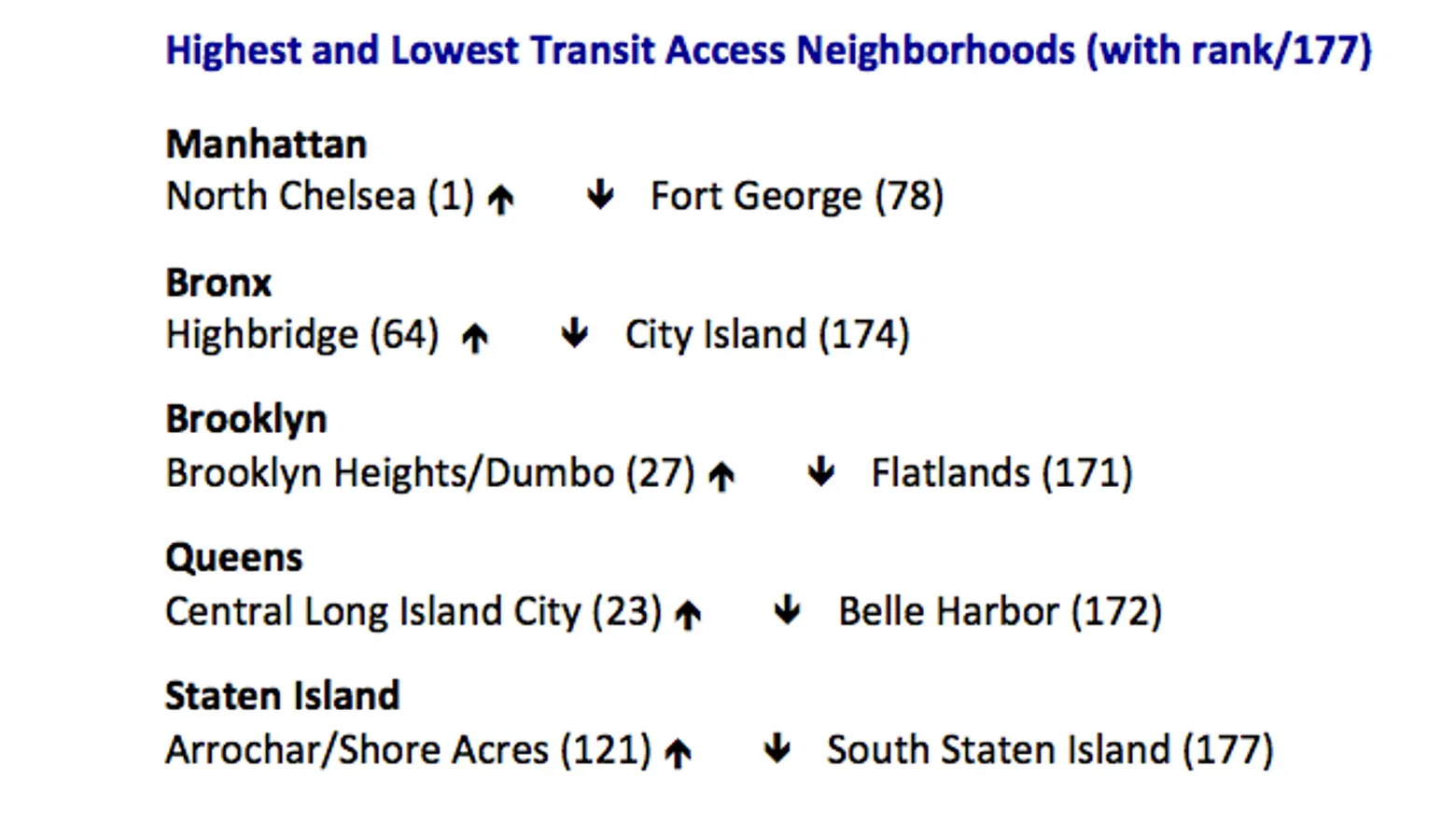 Image via the Rudin Center for Transportation Policy and Management’s “Mobility, Economic Opportunity and New York City Neighborhoods” report
Image via the Rudin Center for Transportation Policy and Management’s “Mobility, Economic Opportunity and New York City Neighborhoods” report
Compare this to a far less connected South Staten Island, which is considered the worst-connected (served by just one train, the Staten Island Railway) with more than 50 percent getting to work by car. The unemployment rate of the area is a considerable 9.7 percent and the median household income is $61,381. The Flatlands in Brooklyn fares even worse, where limited access is linked to an unemployment rate of 12 percent and a median household income of just $46,000.
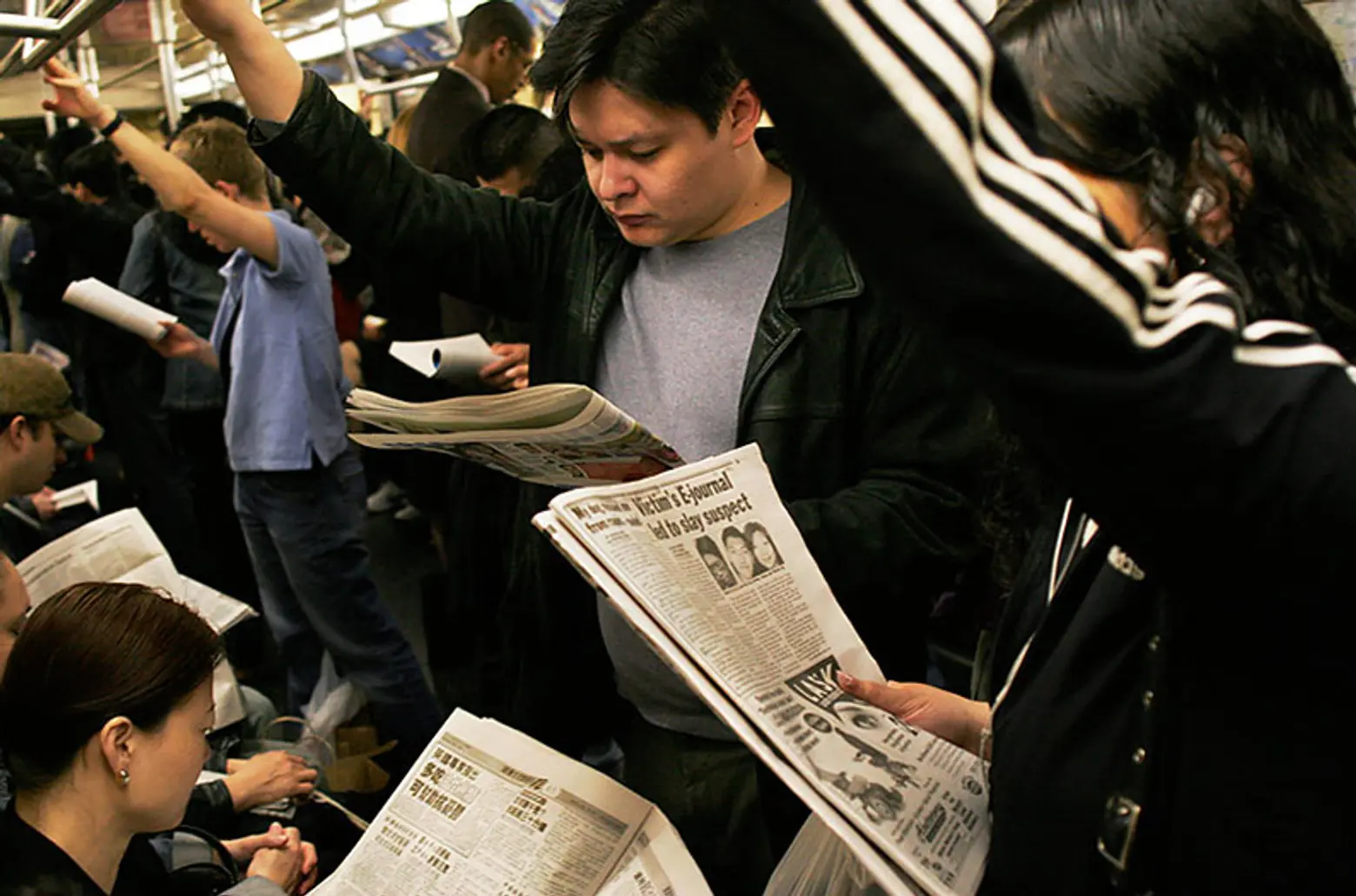
However, the report isn’t all gloom and doom for the disconnected, and provides some sound improvements that could give neighborhood economies a boost. These include reviving dormant train tracks, expanding Bus Rapid Transit and using shuttle buses to connect isolated areas with major transit hubs. Of course, all of this depends on the MTA closing the $15 billion funding gap on its $32 billion five-year capital program (running 2015-2019), which Governor Cuomo has thus far refused to do.
The report also urges policymakers to support the development of smart, independent shared transportation that utilizes web-based hailing technology, and to incentivize employers to allow employees to work remotely when possible.
[Rudin Center for Transportation Policy and Management’s Mobility, Economic Opportunity and New York City Neighborhoods report]
[Via WSJ]
[Related: The NYC Subway Still Runs on 1930s Technology, Pen and Paper]
Interested in similar content?
Leave a reply
Your email address will not be published.
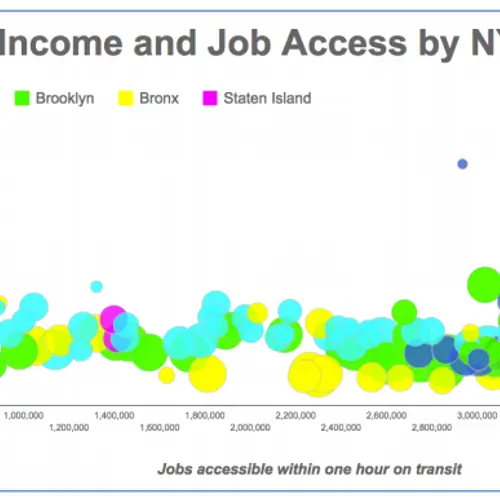
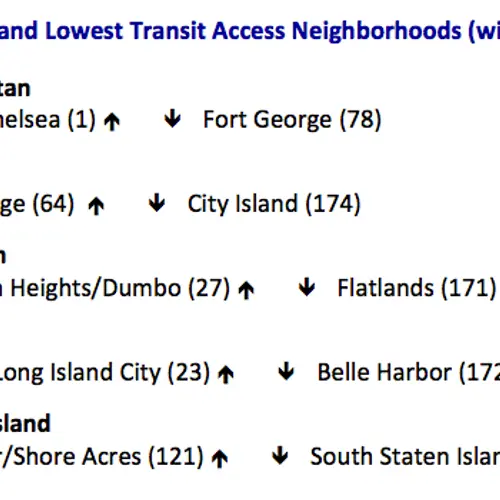
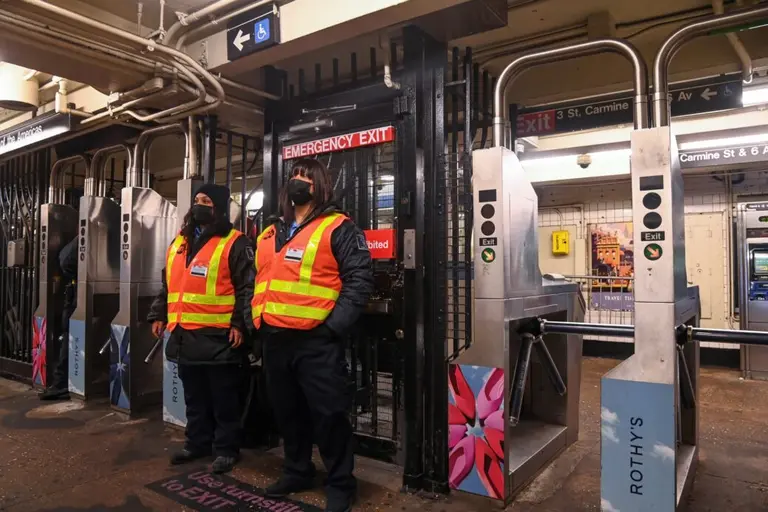

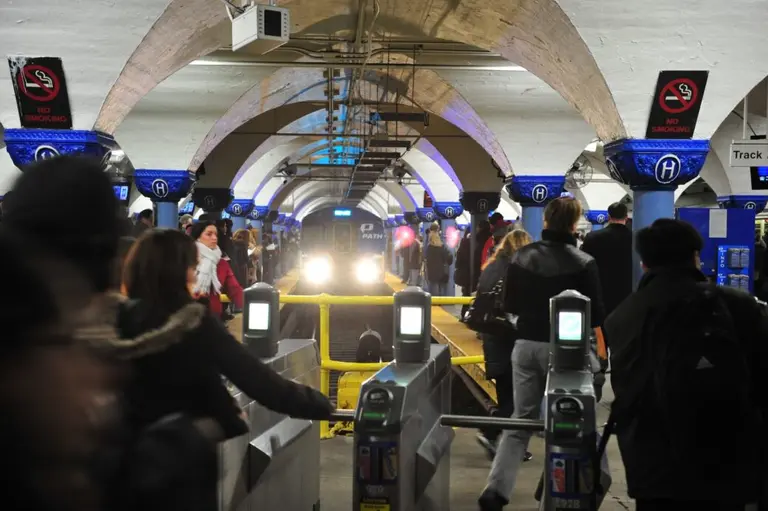
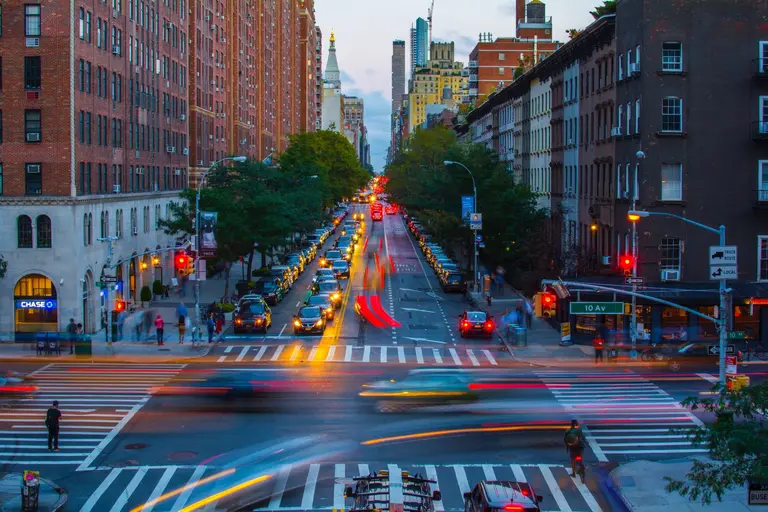

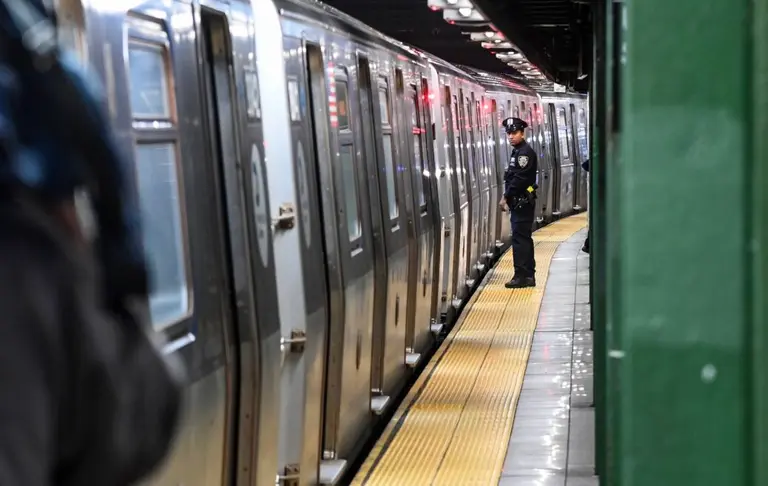






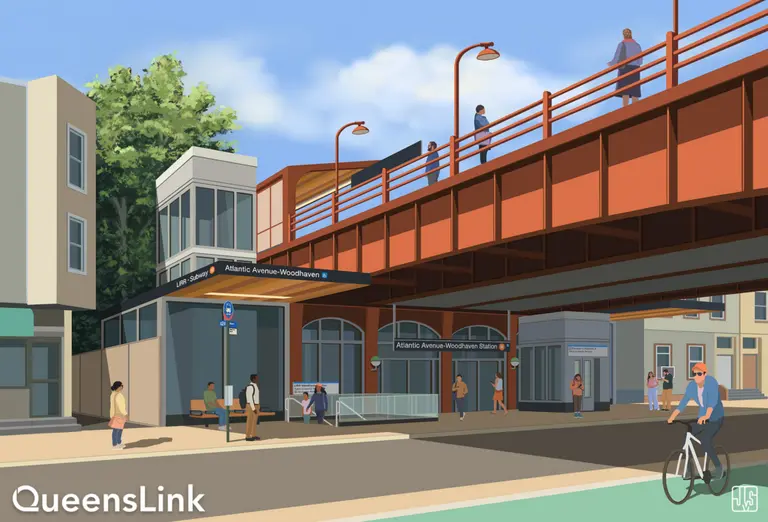
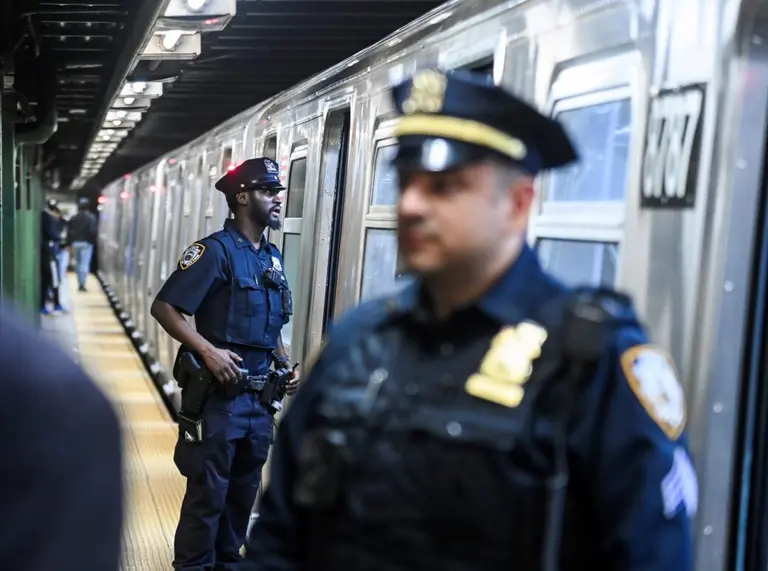
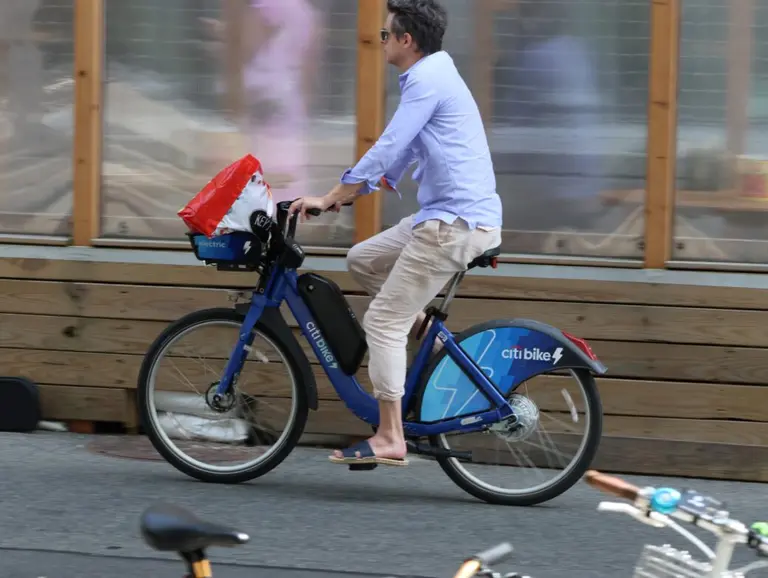













Not to point out the obvious, but in NYC you have to pay a premium to live near a subway stop. Living close to a subway stop doesn’t magically make you earn more, earning more allows you to cut down on how far you have to walk to a subway.
More generally, the closer you live to an epicenter of employment (like, say, Manhattan) the more you have to pay to keep your commute short. The money is used to have a good commute, not the other way around.